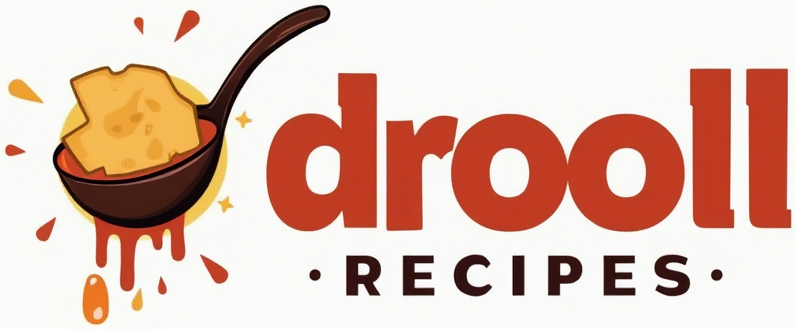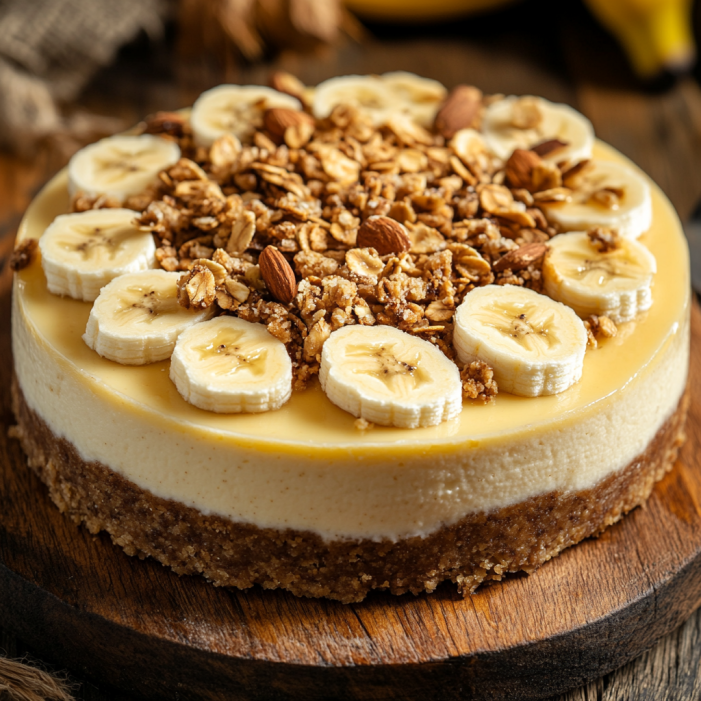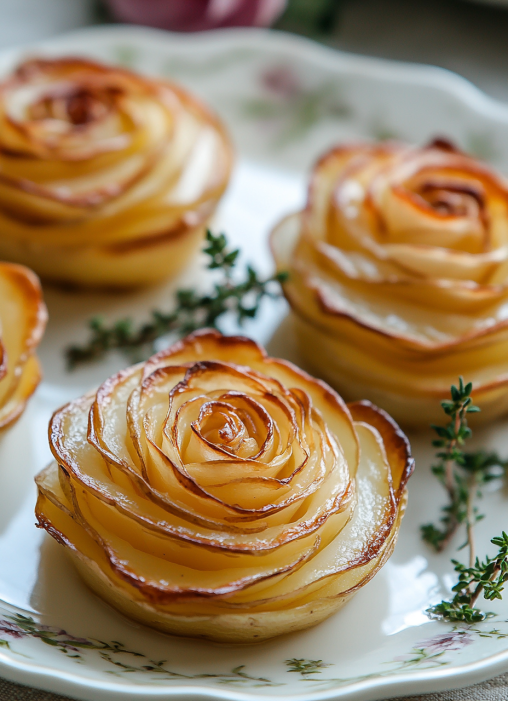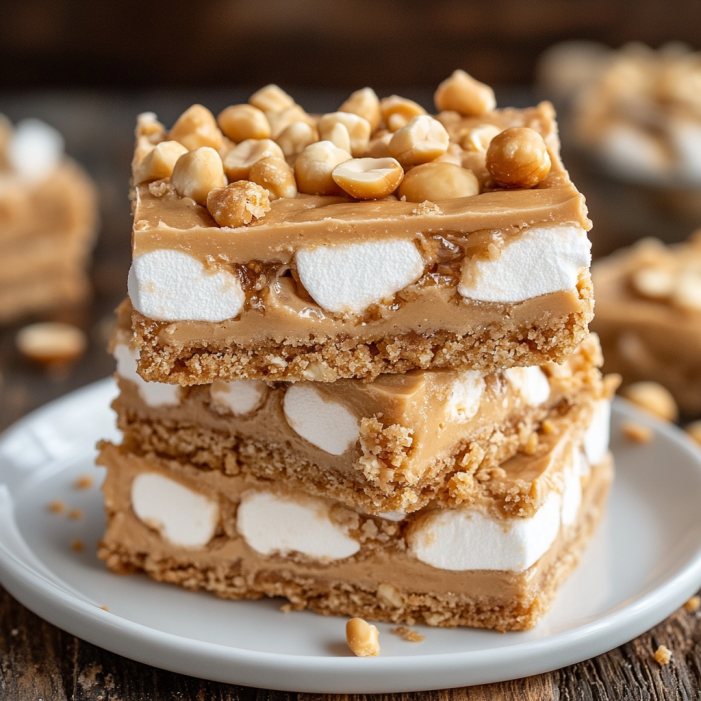Leche Flan
Jump to Recipe
Indulge in the creamy delight of Leche Flan, a classic Filipino dessert that’s sure to impress! Known for its rich texture and luscious layer of sweet caramel, this treat is a staple at celebrations and special occasions across the Philippines. Think of it as a tropical twist on crème caramel, and get ready to savor every bite!
Why You’ll Love Leche Flan
Leche Flan is more than just a dessert; it’s a celebration on a plate! This indulgent custard is incredibly smooth and creamy, with a decadent caramel topping that adds just the right amount of sweetness. Perfect for birthdays, fiestas, or holiday feasts, this dessert embodies the spirit of Filipino hospitality and love. With just a handful of ingredients, you can create a show-stopping treat that will leave your guests asking for seconds!
Ingredients
Here’s what you’ll need to whip up this delightful dessert:
For the Caramel:
- ½ cup granulated sugar
- 2 tablespoons water
For the Custard:
- 6 large eggs
- 1 can (14 ounces) sweetened condensed milk
- 1 can (12 ounces) evaporated milk
- 1 teaspoon lime zest (optional, for a hint of brightness)
Directions
Step 1: Prepare the Caramel
In a microwave-safe bowl, combine the sugar and water, stirring until the sugar dissolves completely. Microwave on high for about 4 to 5 minutes, watching closely until it turns a beautiful honey-gold color. Quickly pour the caramel into your molds (like llaneras or ramekins), swirling to coat the bottom evenly. Set aside to cool and harden.
Step 2: Make the Custard
In a mixing bowl, gently whisk the eggs and sweetened condensed milk together until no streaks remain. Add the evaporated milk and lime zest (if using), stirring until everything is well combined. For a silky smooth flan, strain the mixture through a fine-mesh sieve or cheesecloth.
Step 3: Assemble and Cook
Pour the custard mixture over the hardened caramel in your molds. Cover each mold tightly with aluminum foil to prevent water from getting in while cooking. Arrange the molds in a steamer and steam over medium heat for about 30 to 35 minutes, or until a toothpick inserted into the center comes out clean.
Step 4: Cool and Serve
Once cooked, carefully remove the molds from the steamer and let them cool to room temperature. Refrigerate for at least 4 hours or overnight to fully set. To serve, run a knife around the edges of the flan to loosen it, then place a serving plate over the mold and invert to release. Watch as the caramel flows over the top, creating a delicious sauce that’s impossible to resist!
Nutritional Information (Per Serving)
- Calories: 419 kcal
- Total Fat: 14 g
- Saturated Fat: 7 g
- Cholesterol: 203 mg
- Sodium: 209 mg
- Total Carbohydrates: 58 g
- Sugars: 58 g
- Protein: 14 g
The Cultural Significance of Leche Flan
Leche Flan holds a special place in Filipino hearts and homes. It’s a must-have at significant celebrations, from birthdays to Christmas gatherings, symbolizing festivity and indulgence. The rich, creamy texture and sweet caramel topping make it a beloved favorite, embodying the Filipino love for all things sweet. Sharing this dessert is not just about satisfying a sweet tooth; it’s an act of love and generosity that strengthens familial bonds. At traditional celebrations, you’ll often find leche flan alongside other classic desserts like bibingka and sapin-sapin, creating a comforting array of flavors and textures.
Historical Origins and Evolution
The roots of leche flan trace back to the Spanish colonial era, introduced by Spanish colonizers in the 16th century. Evolving from the European crème caramel, the name “leche flan” comes from the Spanish words for milk and custard. While the basic recipe features eggs, sugar, and milk, the addition of caramelized sugar gives it that signature topping. Filipino leche flan stands out with its denser and richer texture, thanks to the use of more egg yolks. This results in a firmer, more luxurious custard that’s irresistibly creamy. During the Spanish colonization, egg whites were often used in construction, leading to an abundance of egg yolks and the creation of various egg-based desserts—leche flan being one of the most popular.
Adaptations and Variations
Filipino creativity has led to countless adaptations of the traditional leche flan recipe. In some regions, local ingredients elevate the classic version. One standout is ube leche flan, which incorporates purple yam for a vibrant color and earthy sweetness. Another favorite is pandan leche flan, which adds a fragrant floral aroma and a lovely green hue to the custard. Cooks also experiment with coconut milk for a richer, tropical flavor. Leche flan frequently appears in layered desserts like crema de fruta, where it’s combined with sponge cake and fruit, or brazo de Mercedes, featuring a delicate meringue rolled around a creamy leche flan filling.
Nutritional Profile and Enjoyment
While leche flan is undeniably a decadent treat, it also packs a nutritional punch. Eggs provide protein, vitamins, and minerals, while milk contributes calcium and vitamin D. However, due to its high sugar and fat content, it’s best enjoyed in moderation. For a lighter version, you can substitute part of the condensed milk with low-fat or plant-based alternatives or reduce the sugar and use natural sweeteners like stevia or coconut sugar. Even with these adjustments, the creamy texture and caramelized sweetness remain the stars of the show!
Modern-Day Popularity and Global Influence
Today, leche flan has gained international recognition, transcending Philippine borders and charming palates around the world. Filipino communities have introduced this delightful dessert to diverse audiences, leading to its inclusion in various fusion cuisines. Its simplicity and rich flavor evoke comforting nostalgia for Filipinos abroad, making it a popular menu item in Filipino restaurants and food establishments. In multicultural culinary events, leche flan proudly represents Filipino heritage, earning praise from locals and visitors alike.
Conclusion
Leche flan is more than just a dessert; it’s a cultural emblem that encapsulates the history, creativity, and communal spirit of the Philippines. From its colonial origins to modern adaptations, leche flan remains a beloved staple in Filipino cuisine. Its enduring presence at celebrations and growing international acclaim speak to its timeless appeal. Whether enjoyed on its own, as a topping for halo-halo, or as part of a more elaborate dessert, leche flan continues to bring joy and satisfaction to all who savor it. With its ability to evoke memories of family gatherings and festive moments, it symbolizes togetherness and Filipino hospitality. As it gains further recognition worldwide, leche flan proudly showcases the rich culinary heritage of the Philippines, offering a taste of tradition in every delicious bite! 🍮✨








